Home>Gardening & Outdoor>Landscaping Ideas>What Is A Good Height To Cut Grass
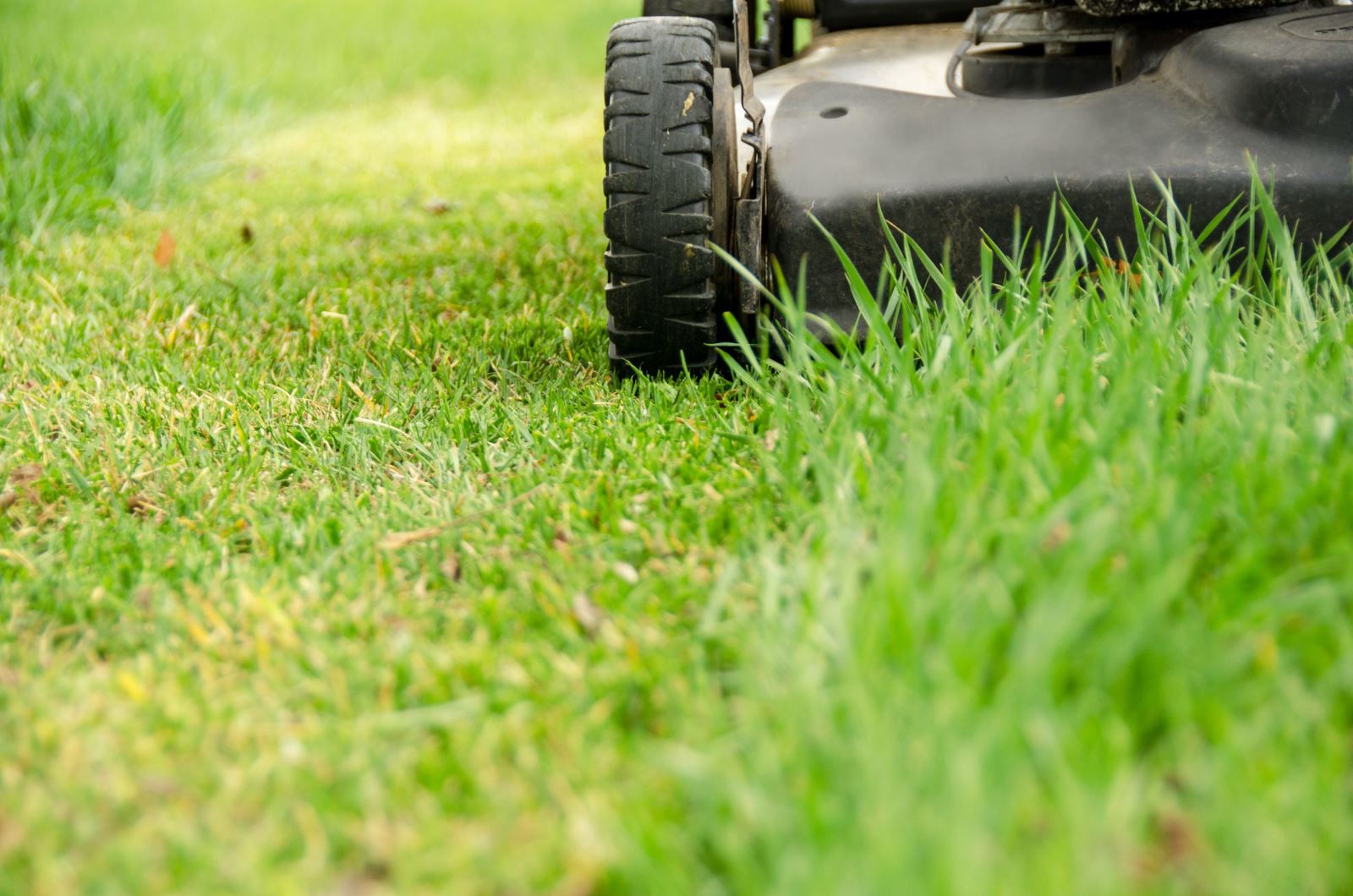

Landscaping Ideas
What Is A Good Height To Cut Grass
Modified: February 18, 2024
Discover the ideal grass-cutting height for a pristine lawn with our expert landscaping ideas. Achieve the perfect cut with our helpful tips and advice.
(Many of the links in this article redirect to a specific reviewed product. Your purchase of these products through affiliate links helps to generate commission for Storables.com, at no extra cost. Learn more)
**
Introduction
**
Maintaining a well-manicured lawn is a source of pride for many homeowners. The lush, vibrant green expanse not only enhances the aesthetic appeal of a property but also provides a welcoming outdoor space for various activities. One of the crucial aspects of lawn care is determining the ideal height for cutting grass. This seemingly simple task can significantly impact the health and appearance of your lawn. By understanding the factors that influence the appropriate grass-cutting height, you can ensure that your lawn remains healthy, resilient, and visually stunning throughout the year. Let's delve into the essential considerations and recommended practices for achieving the perfect grass height.
**
Key Takeaways:
- Grass type and weather conditions determine the best cutting height. Cool-season grasses thrive at 2.5-3.5 inches, while warm-season grasses prefer 1-2 inches. Adjust based on weather and lawn health for a vibrant, resilient lawn.
- Prioritize grass health and adapt cutting height accordingly. Well-nourished lawns can be cut shorter for a neat appearance, while stressed lawns benefit from a higher cut to support recovery. Follow recommended heights for optimal results.
Read more: What Height To Cut Grass
Factors to Consider
**
When deciding on the optimal grass-cutting height for your lawn, several key factors come into play. Understanding these variables is crucial for maintaining a healthy and attractive lawn.
Grass Type
The type of grass in your lawn is a primary determinant of the ideal cutting height. Different grass species have specific growth characteristics and requirements. For instance, cool-season grasses such as Kentucky bluegrass and fescue varieties thrive when mowed at a height of 2.5 to 3.5 inches. On the other hand, warm-season grasses like Bermuda grass and Zoysia grass are best maintained at a shorter height, typically ranging from 1 to 2 inches. By identifying the predominant grass species in your lawn, you can tailor your mowing practices to suit their specific needs.
Weather Conditions
Weather patterns, including temperature, humidity, and rainfall, significantly impact grass growth and resilience. During periods of drought or intense heat, it is advisable to raise the cutting height of the grass. This allows the grass to develop deeper roots and provides better protection against moisture loss. Conversely, in cooler and wetter conditions, a slightly lower cutting height can promote air circulation and prevent moisture-related issues such as fungal growth.
Lawn Health
The overall health of your lawn is a critical factor in determining the appropriate grass-cutting height. A well-nourished and adequately irrigated lawn can withstand mowing at a shorter length, promoting a denser and more uniform appearance. However, if your lawn is experiencing stress due to factors such as disease, compaction, or nutrient deficiencies, it is advisable to maintain a higher cutting height to minimize additional strain on the grass.
By carefully considering these factors, you can make informed decisions regarding the most suitable grass-cutting height for your lawn. Understanding the unique requirements of your grass type, adapting to prevailing weather conditions, and prioritizing the health of your lawn are essential steps in achieving optimal mowing practices.
**
Grass Type
**
The type of grass in your lawn plays a pivotal role in determining the ideal cutting height. Different grass species have distinct growth habits and maintenance requirements, making it essential to tailor your mowing practices to suit the specific characteristics of the predominant grass type.
Cool-season grasses, including popular varieties such as Kentucky bluegrass, perennial ryegrass, and fescues, thrive in regions with moderate temperatures. These grasses typically exhibit robust growth during the spring and fall, slowing down during the hot summer months. To maintain the health and aesthetic appeal of cool-season grasses, it is recommended to mow them at a height of 2.5 to 3.5 inches. This cutting range promotes a lush and resilient lawn, allowing the grass to develop deep root systems and withstand environmental stressors.
Conversely, warm-season grasses, such as Bermuda grass, Zoysia grass, and St. Augustine grass, are well-suited to hotter climates and exhibit peak growth during the summer. These grasses thrive when mowed at a shorter height, typically ranging from 1 to 2 inches. Mowing warm-season grasses at the appropriate height encourages lateral growth and helps create a dense, uniform turf.
Identifying the predominant grass species in your lawn is crucial for implementing effective mowing practices. By understanding the unique growth patterns and requirements of cool-season and warm-season grasses, you can optimize the cutting height to promote healthy, vibrant, and visually appealing turf.
**
Weather Conditions
**
Weather conditions exert a significant influence on the growth and resilience of your lawn. Understanding how temperature, humidity, and precipitation impact grass health is essential for determining the most suitable cutting height, particularly during varying climatic conditions.
During periods of intense heat and drought, raising the cutting height of the grass can provide several benefits. Taller grass blades offer increased shade to the soil, reducing moisture evaporation and helping to preserve essential water content. Additionally, longer grass blades enable the development of deeper root systems, enhancing the grass’s ability to access moisture and nutrients from the soil. By maintaining a higher cutting height in response to hot and dry weather, you can promote the overall health and sustainability of your lawn.
In contrast, cooler and wetter weather conditions necessitate a different approach to grass cutting height. Lowering the cutting height during these periods can facilitate improved air circulation and reduce the risk of moisture-related issues, such as fungal diseases. Additionally, trimming the grass slightly shorter in cooler weather can help maintain a neat and tidy appearance, contributing to the overall aesthetic appeal of the lawn.
By adapting the cutting height of your grass to correspond with prevailing weather conditions, you can effectively support the health and vitality of your lawn. Whether responding to periods of heat and drought by raising the cutting height or adjusting for cooler and wetter weather by mowing at a slightly lower height, aligning your mowing practices with the climate can significantly contribute to the overall well-being of your lawn.
**
A good height to cut grass is around 2-3 inches. Cutting it too short can stress the grass and make it more susceptible to weeds and diseases.
Lawn Health
**
The overall health and condition of your lawn play a crucial role in determining the appropriate grass-cutting height. A well-nourished and robust lawn can tolerate mowing at a shorter length, promoting a denser and more uniform appearance. Conversely, if your lawn is experiencing stress or deficiencies, adjusting the cutting height can help alleviate strain and support the recovery of the turf.
When your lawn is healthy and adequately nourished, mowing at a lower height can encourage the development of a lush and uniform turf. Taller grass blades tend to result in a less manicured appearance, and shorter grass can contribute to a neater and more polished look. However, it is important to avoid cutting the grass too short, as this can stress the turf and make it more susceptible to environmental pressures and potential damage.
If your lawn is experiencing challenges such as compaction, nutrient deficiencies, or disease, maintaining a higher cutting height can offer several advantages. Longer grass blades provide increased photosynthetic surface area, enabling the grass to produce and store more energy, which can support the recovery and resilience of the turf. Additionally, a higher cutting height can reduce stress on the grass and minimize the risk of further damage, allowing the lawn to gradually regain its strength and vitality.
By prioritizing the health and well-being of your lawn, you can make informed decisions regarding the most suitable grass-cutting height. Whether aiming to promote a dense and uniform appearance in a healthy lawn or providing support and recovery strategies for a stressed turf, adjusting the cutting height based on the overall health of the lawn is essential for maintaining its long-term vibrancy and appeal.
**
Read more: What Height To Cut My Grass In Spring
Recommended Height for Cutting Grass
**
After considering the various factors that influence the cutting height of grass, it is essential to determine the recommended heights for different grass types and specific conditions. By adhering to these guidelines, you can optimize the health, resilience, and visual appeal of your lawn throughout the year.
For cool-season grasses, such as Kentucky bluegrass, perennial ryegrass, and fescues, the recommended cutting height typically ranges from 2.5 to 3.5 inches. This range supports the development of deep root systems, enhances drought tolerance, and contributes to a lush and resilient turf. During periods of intense heat and drought, it is advisable to mow cool-season grasses toward the higher end of this range to provide added protection and support.
Warm-season grasses, including Bermuda grass, Zoysia grass, and St. Augustine grass, thrive when mowed at a shorter height, typically ranging from 1 to 2 inches. This cutting range promotes lateral growth, encourages a dense and uniform appearance, and is well-suited to the vigorous growth patterns of warm-season grasses during the peak summer months.
When adjusting the cutting height based on weather conditions, it is important to raise the height during periods of heat and drought to promote deeper root development and moisture retention. Conversely, in cooler and wetter weather, a slightly lower cutting height can facilitate improved air circulation and reduce the risk of moisture-related issues.
Considering the overall health of your lawn, it is beneficial to mow at a lower height when the turf is robust and well-nourished, promoting a denser and more manicured appearance. In contrast, a higher cutting height is advisable when the lawn is stressed or recovering from challenges such as compaction, nutrient deficiencies, or disease, allowing the grass to regain strength and vitality.
By adhering to these recommended cutting heights and making adjustments based on grass type, weather conditions, and lawn health, you can ensure that your lawn remains vibrant, resilient, and visually appealing throughout the changing seasons and environmental conditions.
**
Conclusion
**
Understanding the optimal height for cutting grass is a fundamental aspect of maintaining a healthy, vibrant, and visually appealing lawn. By considering the unique characteristics of your grass type, adapting to prevailing weather conditions, and prioritizing the overall health of your lawn, you can implement effective mowing practices that support the long-term sustainability of your turf.
Grass type plays a pivotal role in determining the ideal cutting height, with cool-season and warm-season grasses exhibiting distinct growth patterns and maintenance requirements. By tailoring your mowing practices to align with the specific needs of the predominant grass species in your lawn, you can promote robust growth, resilience, and aesthetic appeal.
Weather conditions exert a significant influence on grass health, necessitating adjustments in cutting height to accommodate varying temperatures, humidity levels, and precipitation. Adapting the cutting height based on prevailing weather patterns enables you to support the overall well-being of your lawn and mitigate the impact of environmental stressors.
Furthermore, prioritizing the health of your lawn is essential in determining the most suitable cutting height. A well-nourished and robust lawn can tolerate mowing at a lower height, enhancing its visual appeal and density. Conversely, adjusting the cutting height to support a stressed or recovering lawn can contribute to the turf’s gradual recovery and resilience.
By adhering to the recommended cutting heights for different grass types and making adjustments based on weather conditions and lawn health, you can ensure that your lawn remains vibrant, resilient, and visually appealing throughout the changing seasons and environmental conditions. Implementing these best practices will not only enhance the aesthetic appeal of your property but also provide a welcoming outdoor space for various activities, making your lawn a source of pride and enjoyment.
Frequently Asked Questions about What Is A Good Height To Cut Grass
Was this page helpful?
At Storables.com, we guarantee accurate and reliable information. Our content, validated by Expert Board Contributors, is crafted following stringent Editorial Policies. We're committed to providing you with well-researched, expert-backed insights for all your informational needs.
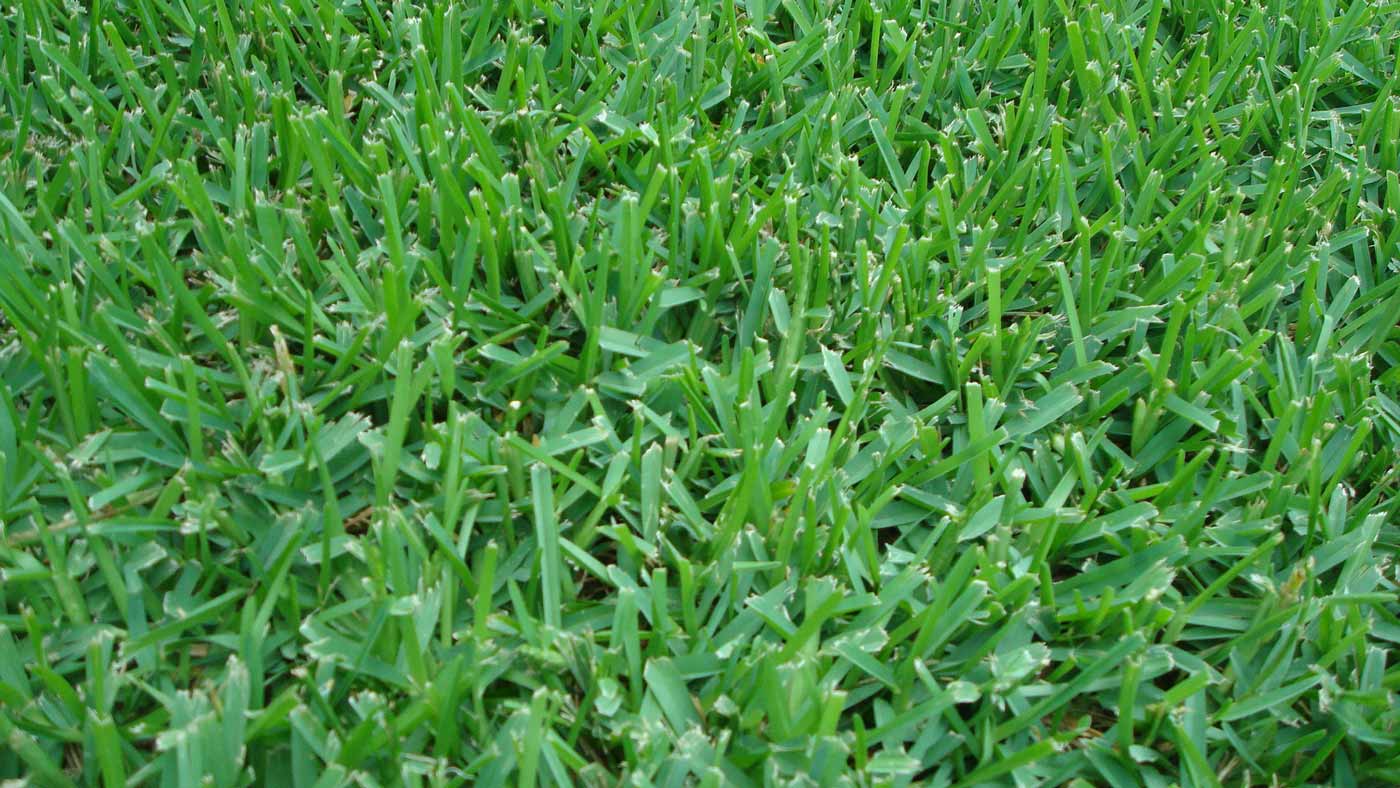
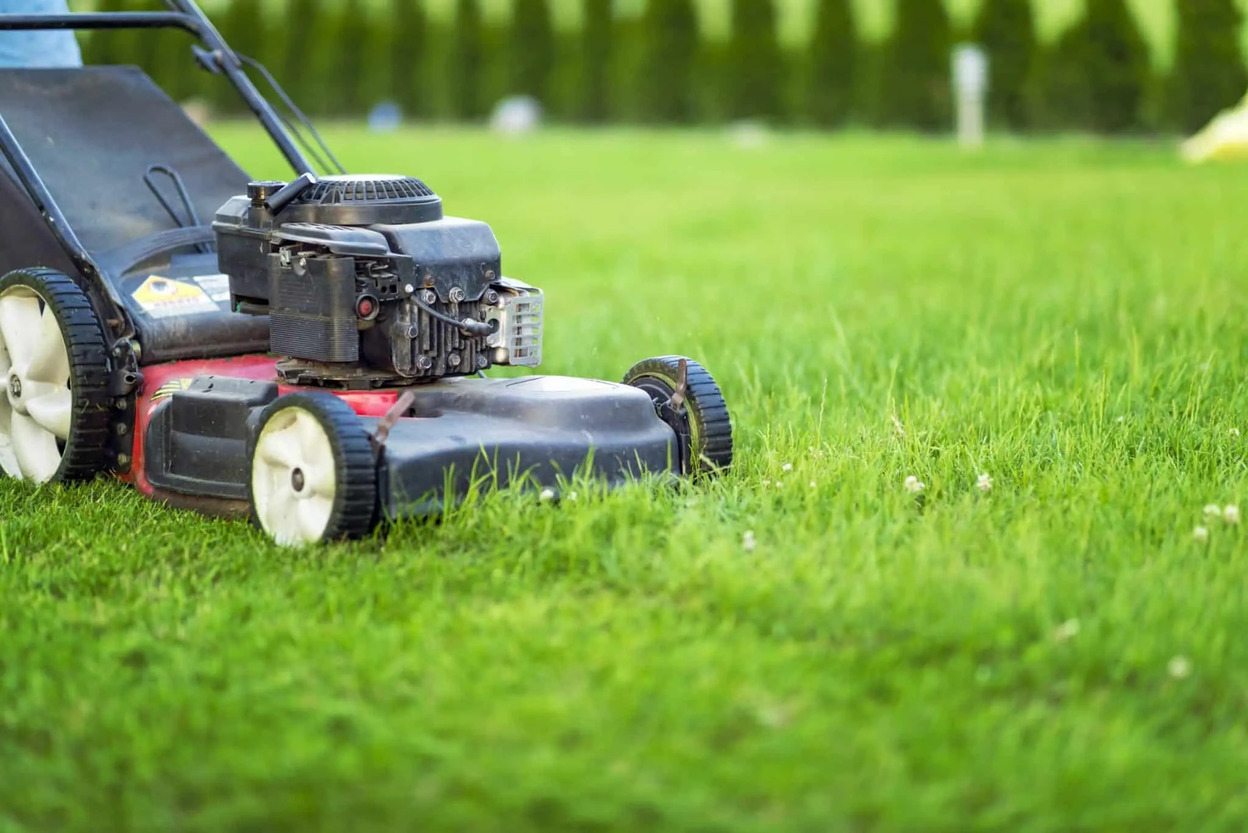
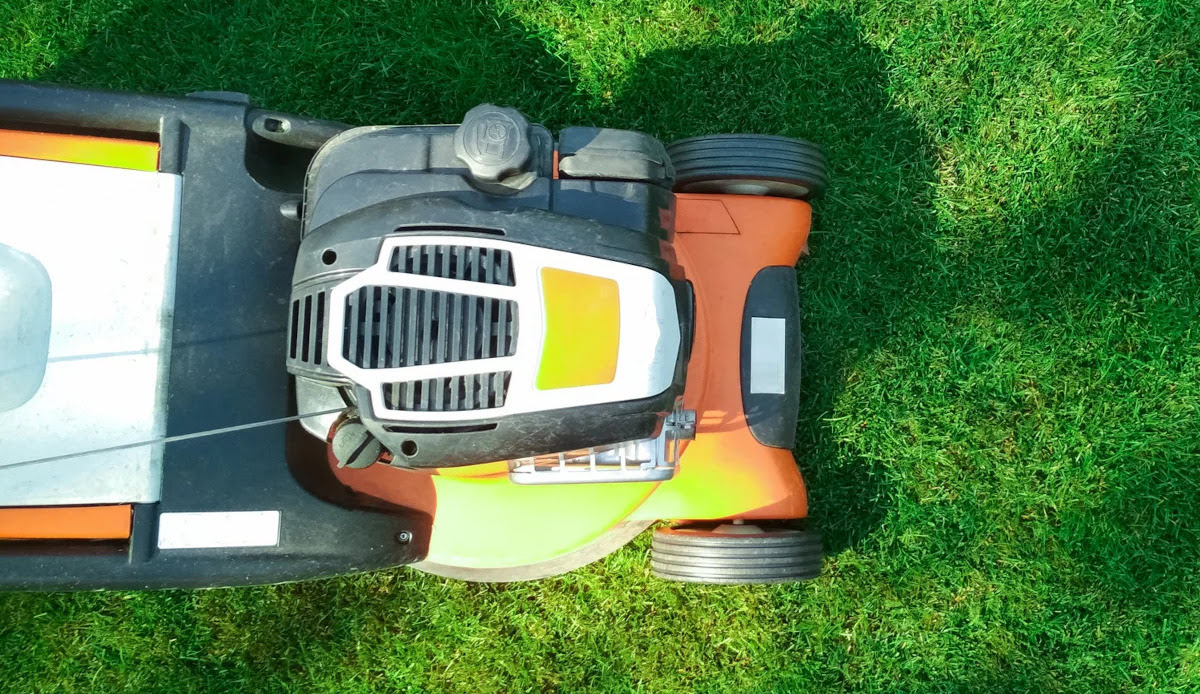



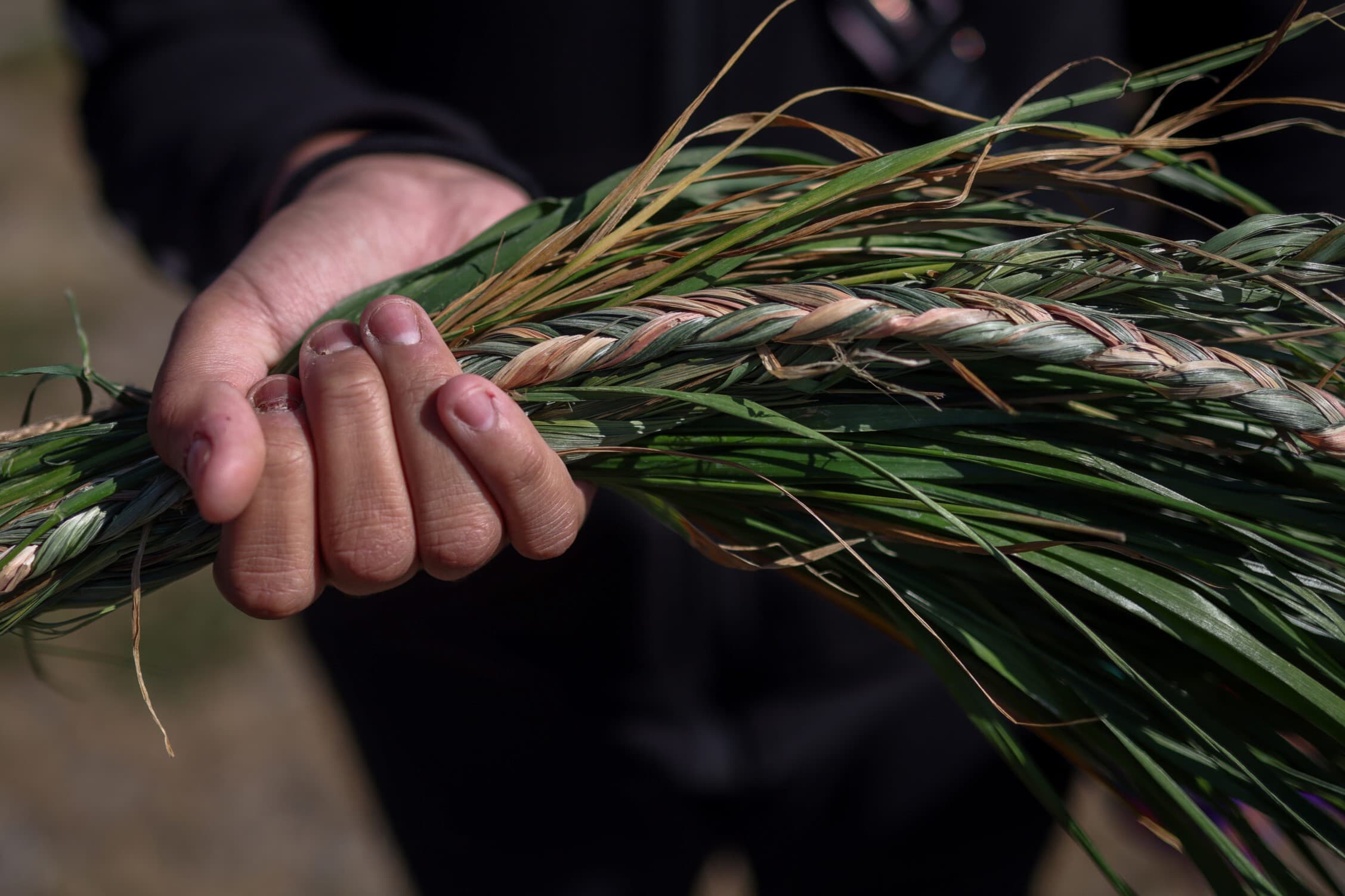
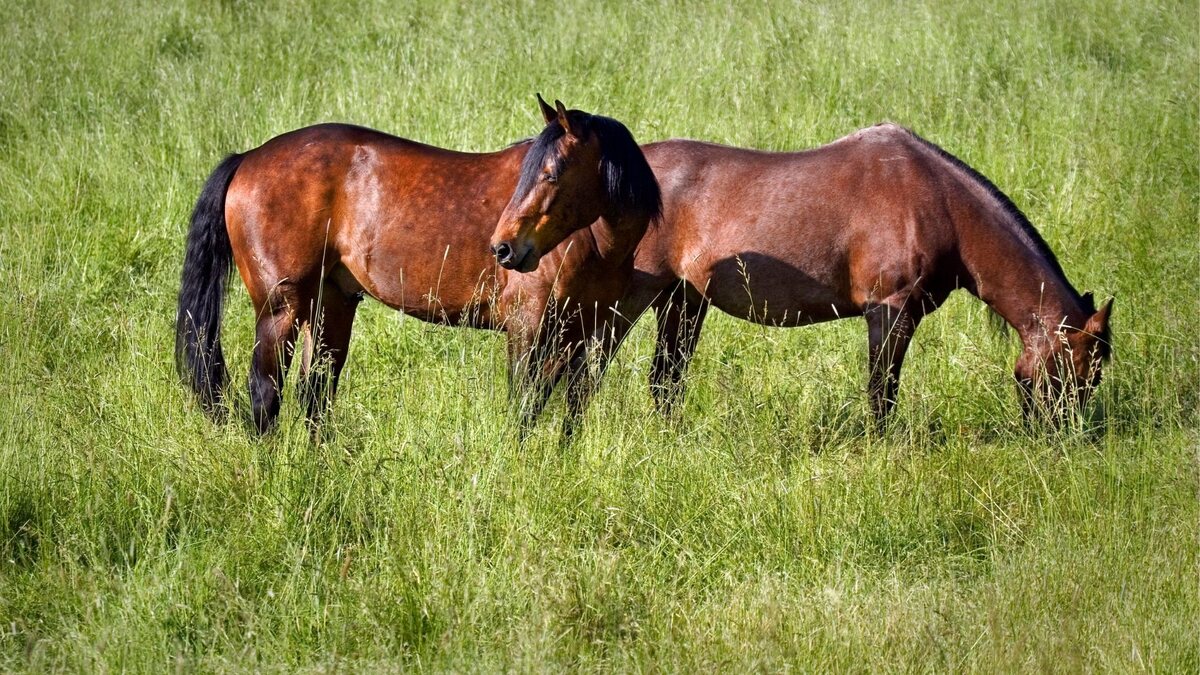

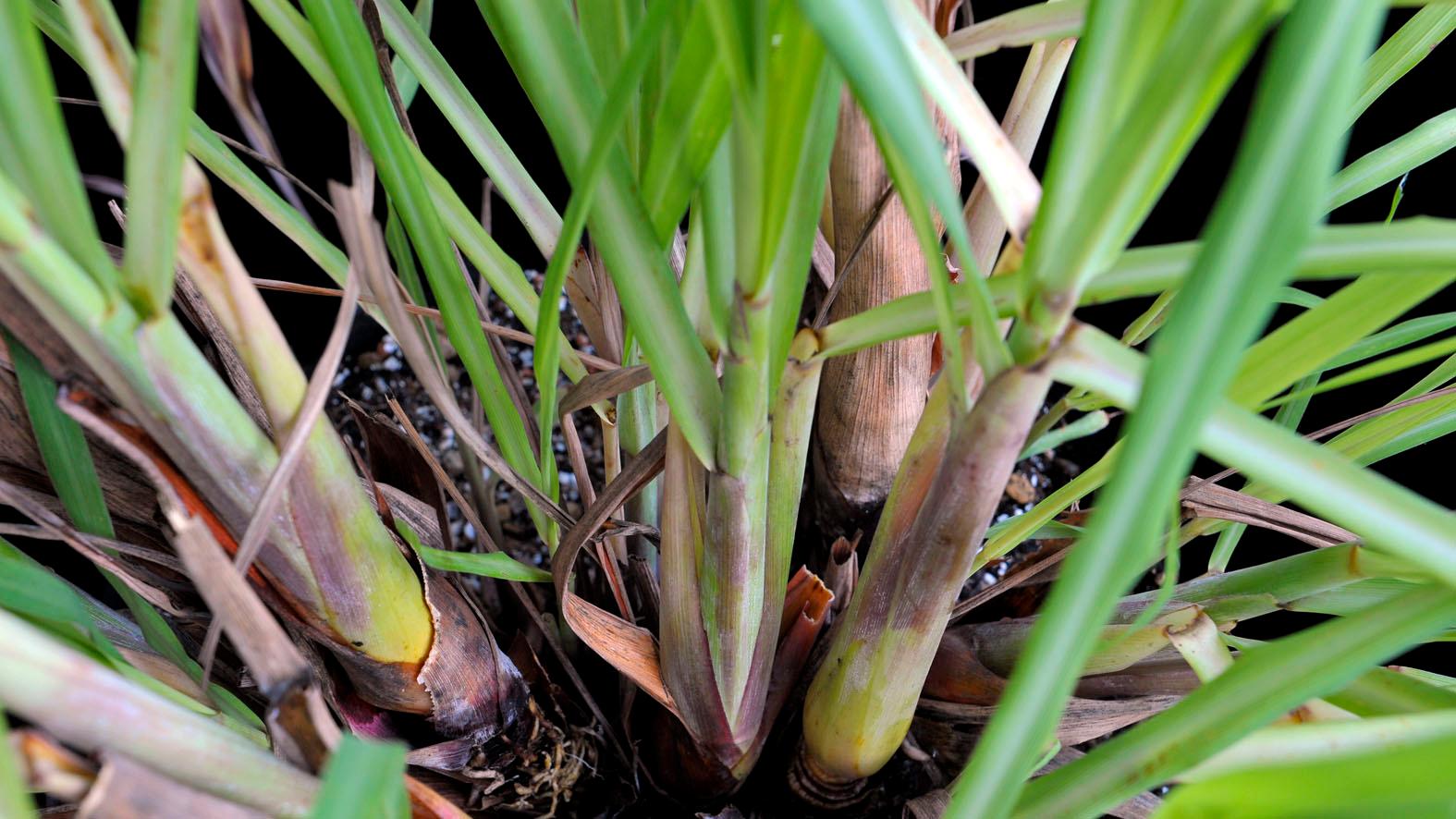
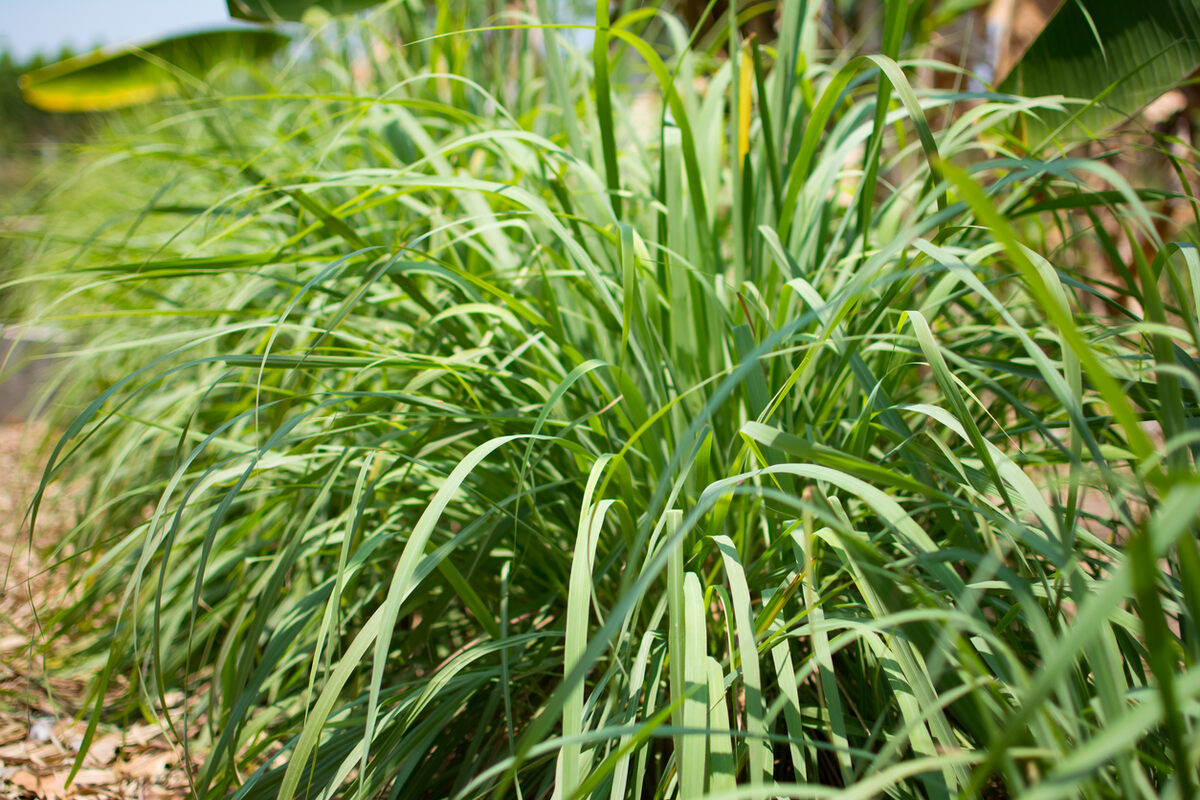
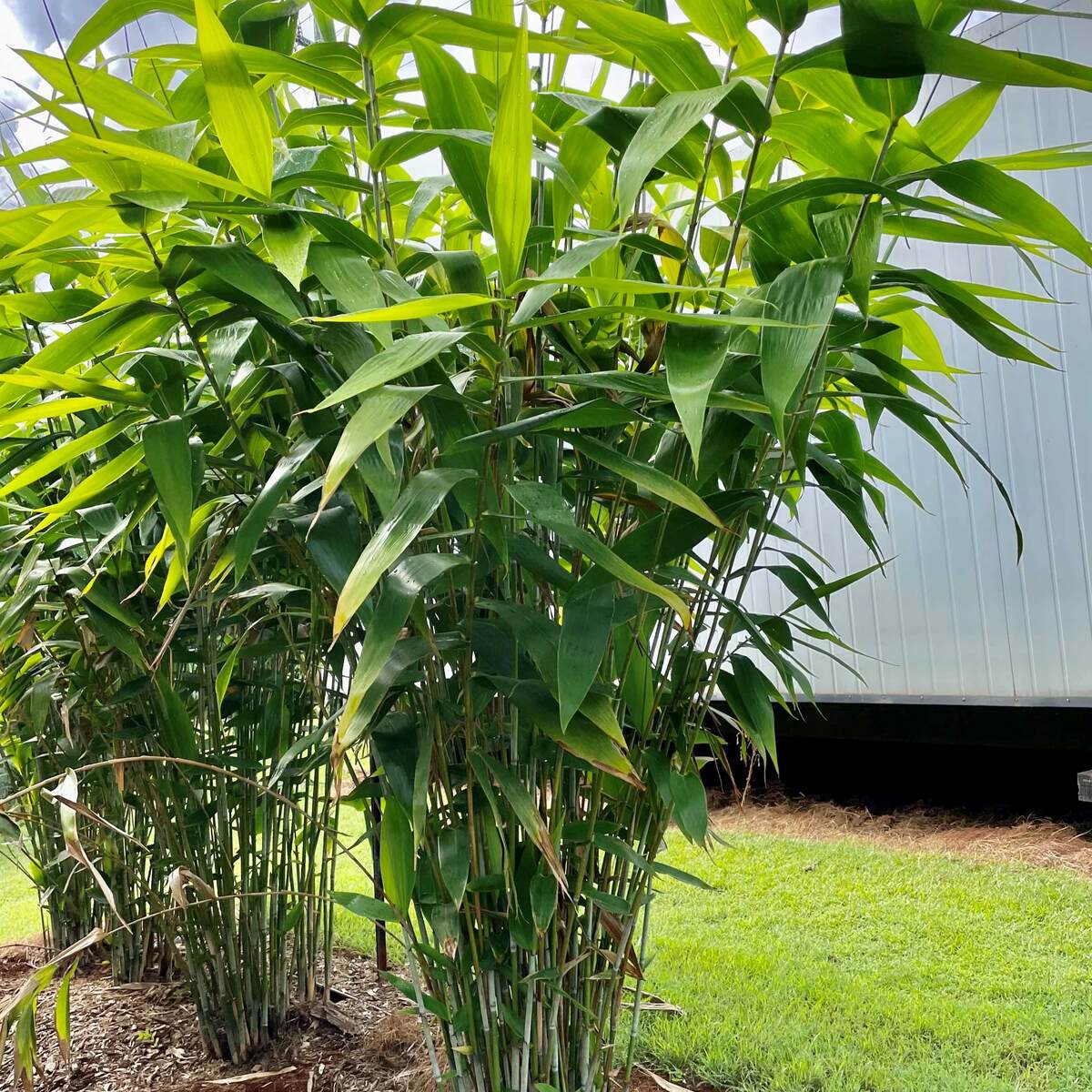

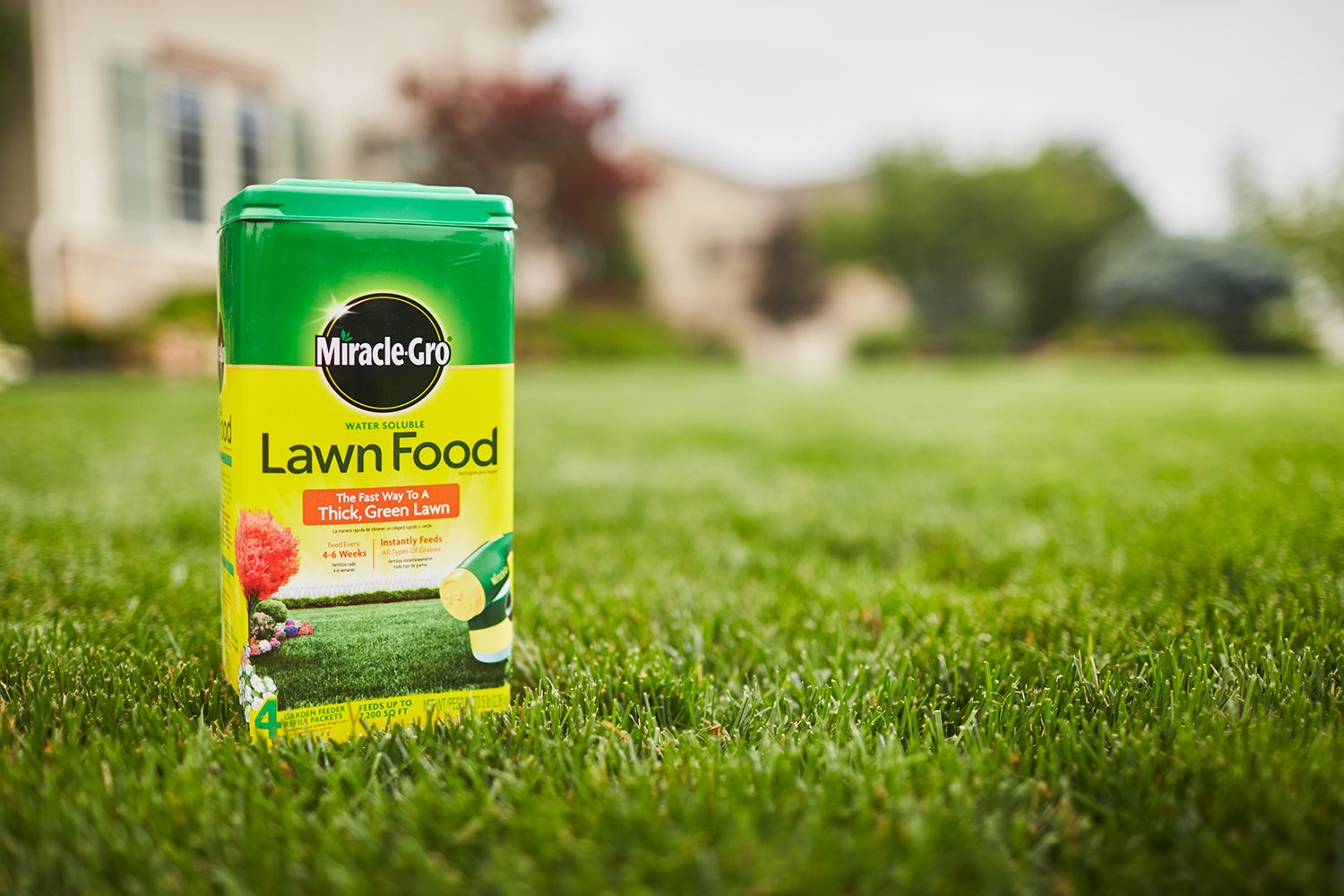

0 thoughts on “What Is A Good Height To Cut Grass”